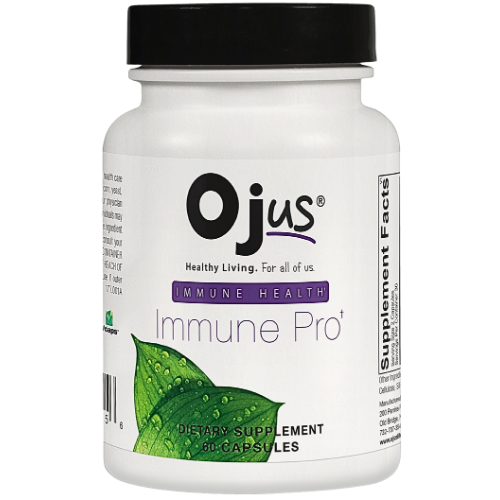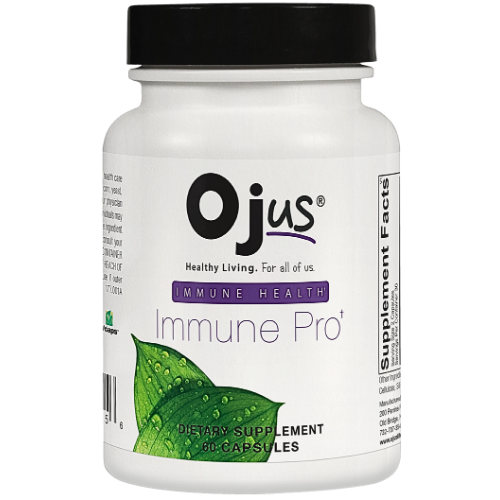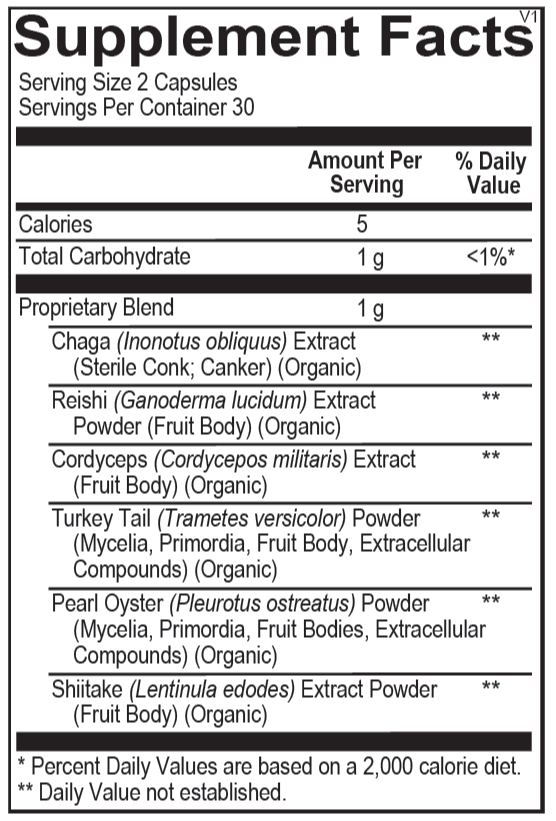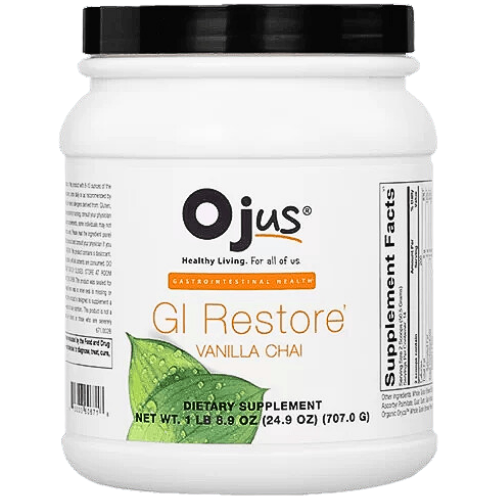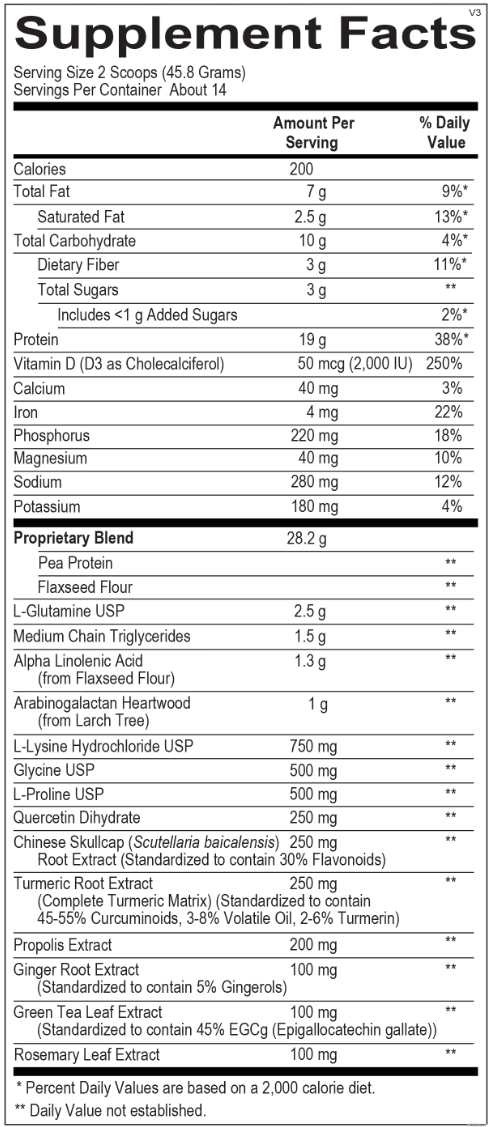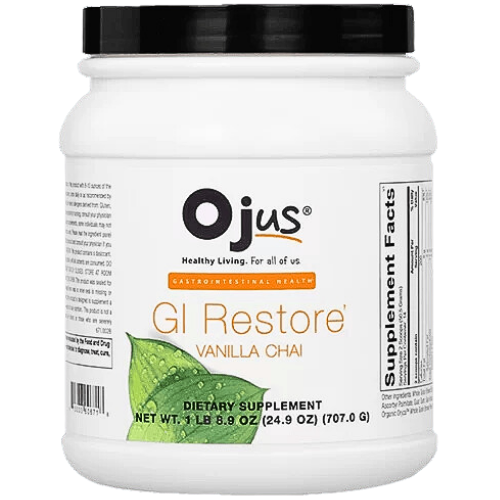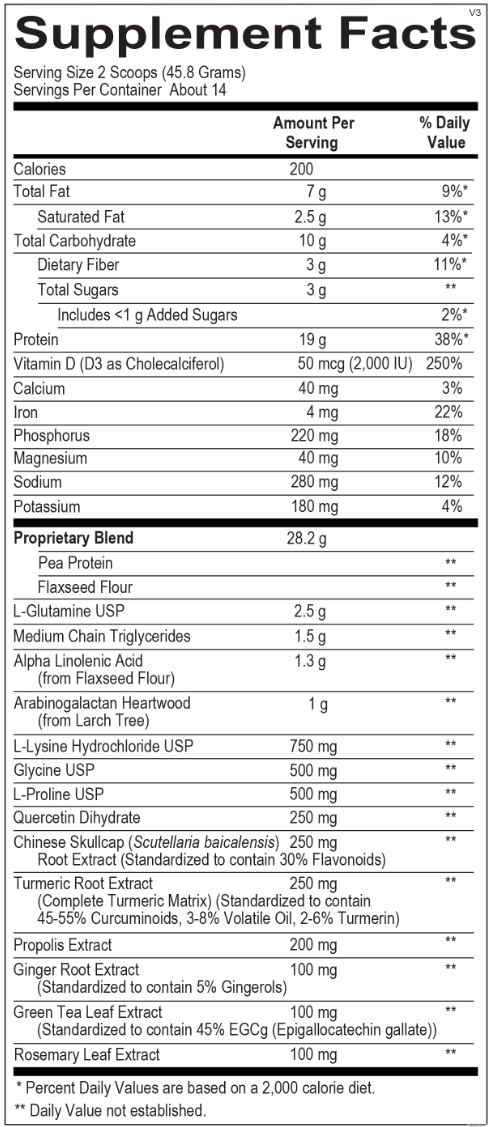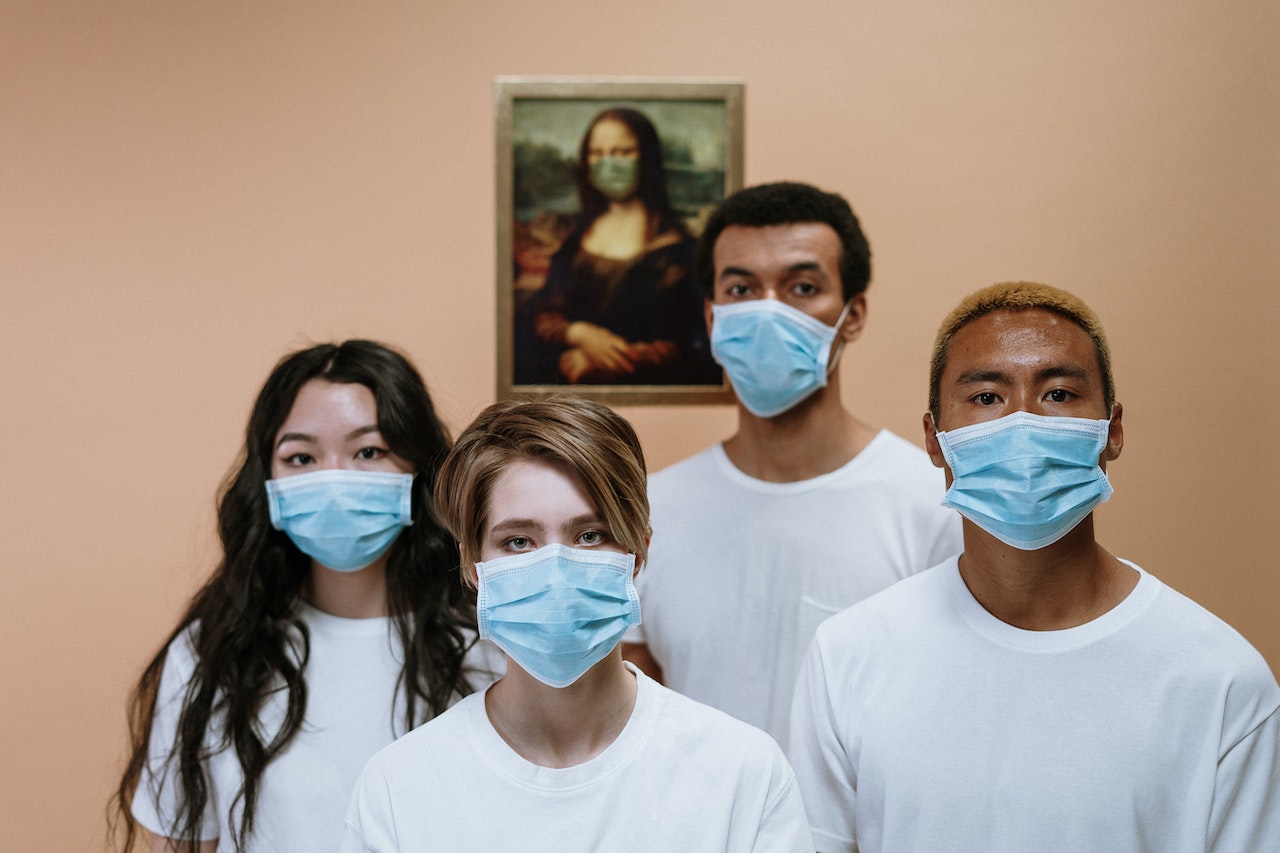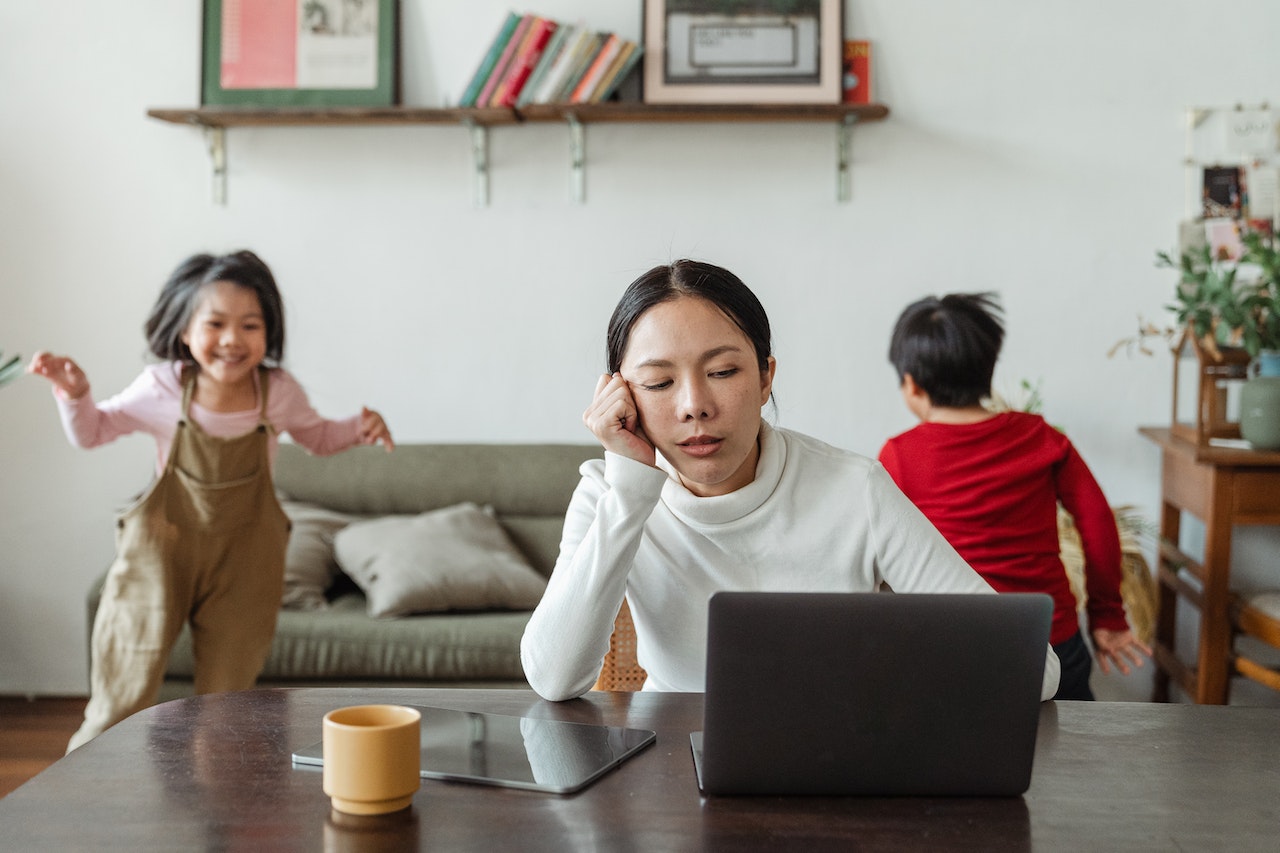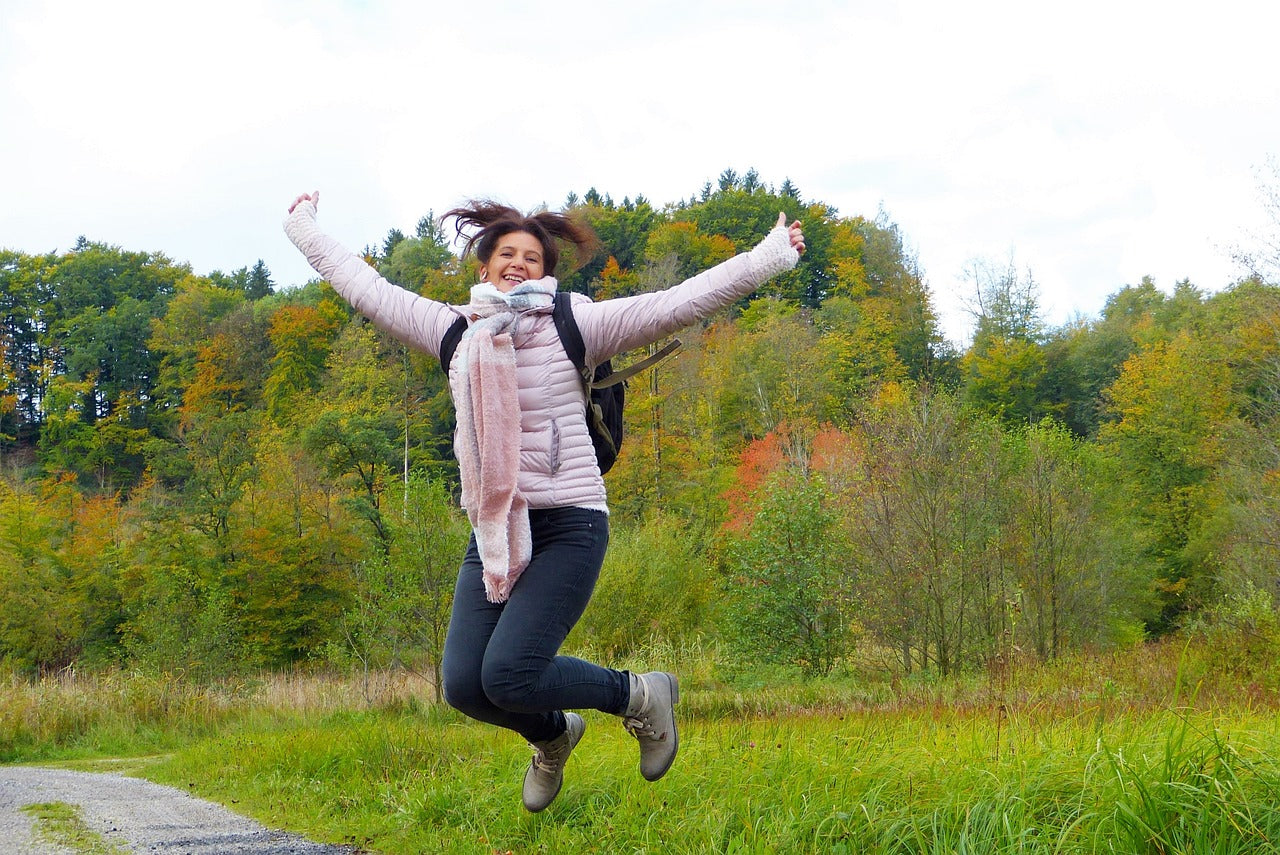
5 Effective Tips For Protection From The Sun Without Sunscreen
Dr Anita NischalTable of Contents
Key Takeaways
- Without protection, ultraviolet (UV) light from the sun and other sources can be harmful.
- Sunscreen is a great way to protect yourself, but there are many other helpful tools.
- Wearing protective clothing is just one example of how you can protect yourself.
| As per a survey by the National Cancer Insitute. 14% of American men and 30% of American women regularly put on sunscreen before heading outside for more than an hour. |
But, how can you protect your skin when you have no sunscreen?
From increasing vitamin D in your body to elevating your mood, sunlight can improve health in several ways. But, unprotected exposure turns out to be unhealthy. The detrimental effects of the sun are no secret- right from simple rashes to cancer- it has the potential to do worse to your skin- all over your sun-exposed body.
Especially, the youngest and the oldest age groups should be concerned as they have comparatively less fighting ability with the toxic sun rays. Strong Sun rays in summers can affect a healthy adult too.
Make a promise to abide by a powerful and effective sunscreen as well as the following five tips for protection from the sun.
Let’s begin.
5 Tips To Stay Protected From The Sun
Daily sunscreen goes a long way to protect your skin from harmful UV rays. But there are other ways of protection from the sun. These tips will be handy the next time you have a beach vacation or an outdoor plan to help in sunburn protection.
Cover Yourself with Proper Clothing and a Hat
One of the sunscreen alternatives is to wear covered clothing. Protect yourself from the UVA and UVB rays by covering your skin with protective layering and a hat. Some clothes provide better protection than others, acting as the best alternatives to sunscreen. Look for garments that have a higher Ultraviolet Protection Factor (UPF), implying that the fabric protects you from UV rays. For instance, a T-Shirt with UPF 50 rating is able to block roughly 98% of UV rays, providing sunburn protection.
The Skin Cancer Foundation (SCF) says UPF 30 is the minimum rating for a fabric to grant a seal of recommendation for effective sun protection. However, if your clothes do not have a specified UPF rating, here are some ways to find if they are effective-
| Colors | Materials | Style | Fit |
| Darker colors like blue or red, are better at blocking UV rays compared to lighter ones as the Dark colors absorb more UV rays, leading to sunburn protection. | Tightly woven fabrics like denim, wool, and polyester let in fewer UV rays than lightly woven fabrics like loose weave, or unbleached cotton. | Indulge in long sleeve shirts, wide-brimmed hats, or long skirts or pants to leave lesser skin exposed to the Sun. | Loose-fitting clothes reduce exposure and thus increase protection from the sun rays. |
Wear Sunglasses to Protect your Face and Eyes
As UV radiation does not discriminate in skin and organs, longer exposure to the eyes can result in damage around or in the eyes. So, ensure to wear goggles or sunglasses while stepping outside to protect your eyes. They are easily accessorized alternatives to sunscreen. Check the effectiveness of the sunglasses with the eye-sun protection factor (ESPF). It measures how well can lenses block the transmission of light and UV reflection.
Use an Umbrella When Going Outside
Umbrellas are not only for the rainy season but also are the best alternatives to sunscreen. They can be your best friends in the summer to protect you from the extreme heat and toxic sun rays. They act as a barrier and do not let the UV rays hit your skin. A research study shows that they do not block scattered or diffused UV rays. Thus, the shade-producing tool is more effective when used in combination with other sun protection strategies like wearing protective clothing and sunscreen.
Avoid UV Lights
Know that the sun is not the only source of UV lights. There are other ways like using tanning beds, mercury vapor lighting, halogen, incandescent and fluorescent light bulbs, welding, etc. All of these emit dangerous UV rays similar to that of the Sun. Although with varying levels of emitting rays, they make us prone to troubled immune systems and increase the risk of skin cancer.
Eat Foods to Get Protection from the Sun
A healthy diet wonders for your health and skin. However, no food holds the power to block the sun’s rays, but they can help you keep your skin healthy. A diet rich in antioxidants and omega- 3 fatty acids promote healthy and protected skin, providing sunburn protection. Or, foods that are rich in antioxidants help in preventing cellular damage.
Antioxidants include:
| Vitamin C | Vitamin E | Carotenoids | Niacin | Folate |
| Oranges, grapefruits, tomatoes, broccoli | Wheat germ oil, almonds, and sunflower seeds | Bell peppers, cantaloupe, mangoes, and sweet potatoes | Chicken breast, salmon, brown rice, and peanuts | Beef, liver, spinach, and brussels sprouts |
Conclusion
Sunscreen is an excellent tool to protect your skin from the sun. But it is not the only way of protection from the sun as there are several other sunscreen alternatives. Find a few sunscreen substitutes too to keep your skin healthy from 360 degrees. Several skin-saving activities combined with the right sunscreen can take the Sun protection game a long way!
Related Topics
- Symptoms of Low Vitamin D: Functions of Vitamin D, Causes, Dosage & Treatment
- How Much Vitamin C Per Day Is More Or Less?
- Role Of Vitamin C For Skin | Benefits, Dosage & More
| Sun helps your skin make vitamin D that helps in keeping your bones and overall health stronger. Also, it helps to boost a chemical in your brain called serotonin that brings more energy keeping you calm, positive, and focused. | Yes, if you wear clothes that are loosely woven like unbleached cotton fabrics, or the colors are light-colored. It is observed that approximately 20% of UV rays can penetrate through the clothes. Clothes are a good sunscreen substitute for you. | Protect your skin and prevent tanning with simple steps |
- Wear sunscreen every time you step outside.
- Indulge in protective clothing.
- Avoid stepping outside between10 am and 3 pm when the sun is strong
- Wear sunglasses to protect your eyes and face


